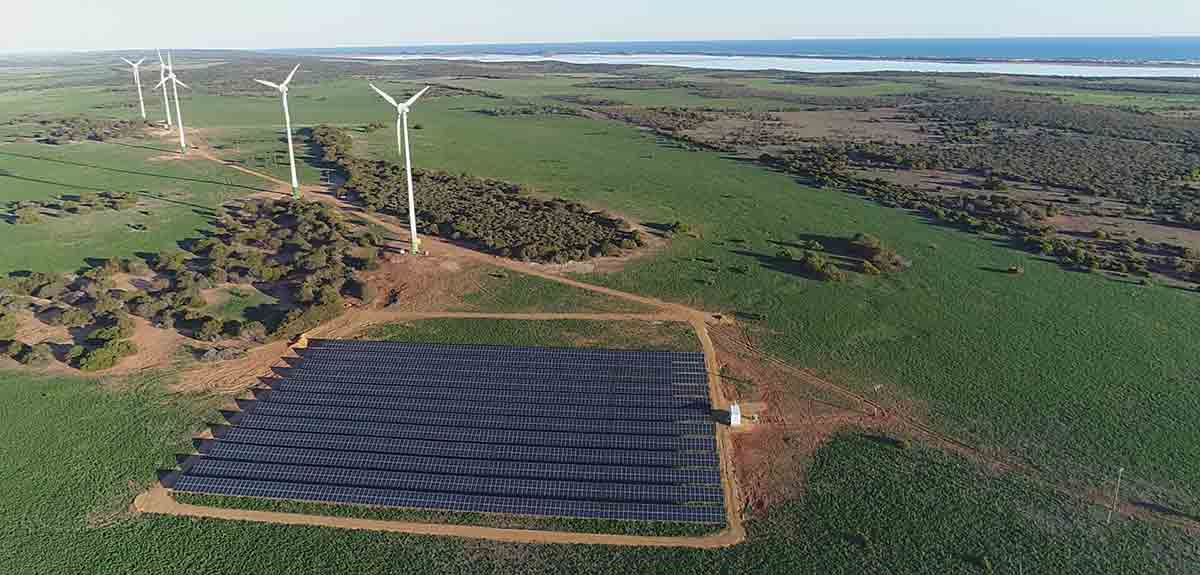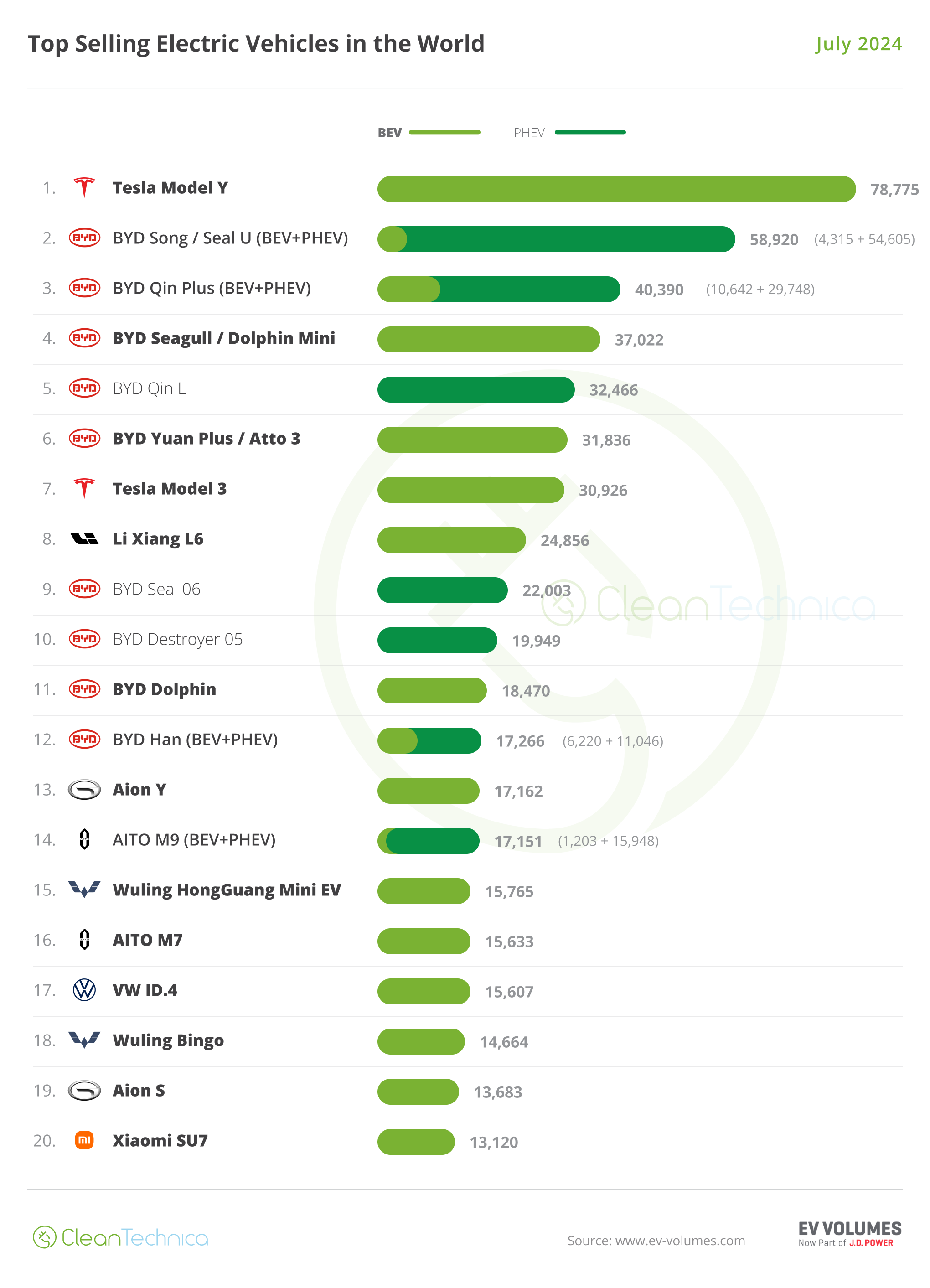
The Inflation Reduction Act celebrated its first birthday on August 16, 2023. When it was passed, the Congressional Budget Office estimated the incentives baked into the IRA would have a combined value of about $350 billion. A study conducted by a team of researchers at the University of Pennsylvania’s Wharton School, working with Goldman Sachs, updated their own earlier estimate of $385 billion with a new figure in excess of $1 trillion.
“That’s way too much money!” reactionaries cry. But of course they would say that no matter what. The truth is, computing the total amount of credits dispensed by the Inflation Reduction Act is an inexact science. Much depends on whether the economy expands or contracts over the next ten years, what happens with interest rates, the job market, and a bunch of imponderables of a similar nature.
It is also extremely difficult to come with exact numbers because most of the incentives continue for another 10 years and many of the benefits will happen near the end of that 10 year span. John Bistline of the Electric Power Research Institute, together with several colleagues, ran a model considering a wide variety of economic variables — what happens if inflation rates continue to rise, for example, or if there is a recession — and came up with a middle figure of $781 billion for tax credit uptake. But even his work can’t overcome the fact that the IRA’s true dollar figure will remain a mystery for a long time, according to Bloomberg Green.
“One thing our modeling comparison really underscored for me is that a lot of the spending tends to happen close to the end of the 10 year budget window, so closer to 2030,” Bistline said. “So we won’t really know about costs for a lot of years.”
So far, we have looked at only the outflow of dollars — let’s call them gozouttas. No one has calculated the benefits of the Inflation Reduction Act — let’s call them gozinttas. In the simplest terms, a certain amount of money goes out of your pockets and a certain amount goes into them. The net is what we should be concerning ourselves with. We need to see the big picture.
Another report from Goldman Sachs released recently suggests the Inflation Reduction Act will eventually drive $3.3 trillion in investments in the US economy, though much of that money will be backloaded to the end of the 10 year period. So ask yourself this question: Would you spend $1 trillion to get $3 trillion back? The answer is of course you would. Anybody with a lick of sense would gladly take that deal.
The bitchers and the whiners only want to look at the dollars going out and ignore the dollars that will flow back in to build new factories, teach workers new skills, and expand the distribution network that will deliver cleantech products to suppliers and end users. The proper role of government is to prime the pump so it can produce a gusher of new economic activity that benefits everyone.
The Impact Of The Inflation Reduction Act

Photo courtesy of GMA Garnet Group
Christina DeConcini, director of government affairs at the World Resources Institute, foresees a big uptick in the use of the tax credits provided by the IRA as a good thing because it represents more people investing. “The tax credit is incentivizing this private investment to create manufacturing jobs in parts of the countries that have been overlooked for decades,” DeConcini said. “It’s good news.”
And it’s working, says Canary Media. In the past 12 months, the Inflation Reduction Act has spurred more than 100 new cleantech manufacturing announcements and nearly $80 billion in private investment. “What has taken place as a result of and since the Inflation Reduction Act can simply not be overstated,” said Aaron Brickman, senior US clean energy analyst for RMI. “The United States is effectively now the most attractive destination for global capital in clean energy and clean tech.” That’s just the beginning. Dozens of gigawatts of solar, wind, and storage capacity are expected to be added to the US grid each year through the end of the decade.
Solar and wind generated 14 percent of electricity in the country in 2022, a percentage that has been steadily growing for the past decade and is projected to keep doing so. Last year, just over 22 gigawatts of solar were added to the U.S. grid. BloombergNEF projects that figure will exceed 40 GW each year starting in 2025 and reach over 50 GW annually by 2028. Wind is expected to grow more modestly, but annual additions will still double by 2027. Growth of grid-scale storage capacity is also projected to be slower than solar, but the industry is ramping up. In 2022, the U.S. installed 4.7 GW of storage capacity. That’s expected to more than double to 10.2 GW in 2023, then rise to more than 15 GW in 2027.
In the transportation sector, 660,000 EVs were sold in America in 2022. More than 1 million are projected to be sold in the US this year, but the industry’s staggering growth is barely getting started. BNEF estimates nearly 5 million EVs will be sold in the U.S. in 2026, and close to 9.5 million in 2030. A March report from the Environmental Defense Fund found that the US is capable of producing nearly 4.4 million EVs annually by 2026.
The Takeaway
Joe Manchin is highly annoyed by the way the Biden administration has implemented the Inflation Reduction Act. He believes the rules put in place by the Treasury Department do not go far enough to encourage investments in America, but he is wrong. The US is seeing a surge of investment from overseas that would not have happened if not for the IRA.
Because of it, people are learning new skills that will allow them to work in the cleantech industries of tomorrow. For the first time in decades, upward mobility will once again be a feature of American life and not just for Wall Street bankers and software engineers. Much of the anger among people who identify with the Red Team is a direct result of feeling that the door to a better life for themselves and their families has been closed too long, Putting people to work in worthwhile jobs will help drain some of the venom out of the politics of grievance that has become the hallmark of right-wing politics.
No one can say the Biden administration has done a perfect job, but it has created more investment in America than at any time in history. Detractors will point to the amount of incentives the Inflation Reduction Act will create over the next ten years and splutter that America can’t afford this. The truth is, if America is going to reach its climate goals, it can’t afford not to do this.
I don’t like paywalls. You don’t like paywalls. Who likes paywalls? Here at CleanTechnica, we implemented a limited paywall for a while, but it always felt wrong — and it was always tough to decide what we should put behind there. In theory, your most exclusive and best content goes behind a paywall. But then fewer people read it! We just don’t like paywalls, and so we’ve decided to ditch ours. Unfortunately, the media business is still a tough, cut-throat business with tiny margins. It’s a never-ending Olympic challenge to stay above water or even perhaps — gasp — grow. So …



